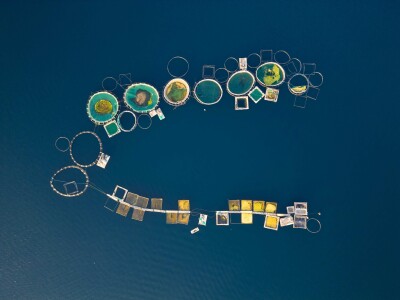Each summer, millions of fish return to Bristol Bay, and then swim on to the stream where they were born to spawn and die. Exactly what compels them to return to the right spot is unknown. But scientists think that some hatchery-raised steelhead in Oregon might hold a clue.
University of Alaska Fairbanks School of Fisheries and Ocean Sciences Assistant Professor Peter Westley and colleague Andrew Berdahl, from the Santa Fe Institute, are trying to figure out why salmon choose to swim up a given stream.
"Fifty-some million fish last season migrated into Bristol Bay in the course of just a couple of weeks, and that's a classic thing that the fish all come at the same time, and it's kind of curious to think, is there a potential social role in that?" Westley asked. "They all come as a major wave, and is it because they are in these groups and they are sort of following the leader and using social dynamics to aid their migrations."
To try and parse that out, the researchers have been digging fake streams at an Oregon lab for steelhead to swim in.
"So we actually tested this idea by giving steelhead that had migrated home to a hatchery, we brought them to the Oregon Hatchery Research Center and gave them a choice between water that smelled more like home, or all of the foreign water that came from the stream where the hatchery research center was based," he said. "One of the things we showed with this steelhead system that indeed, fish that are moving upstream and are moving around are very social. They don't move independently. They're in groups moving around."






